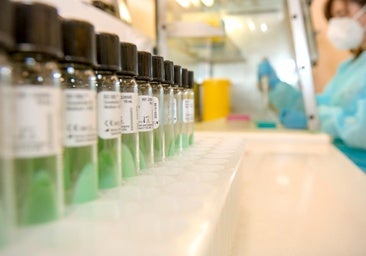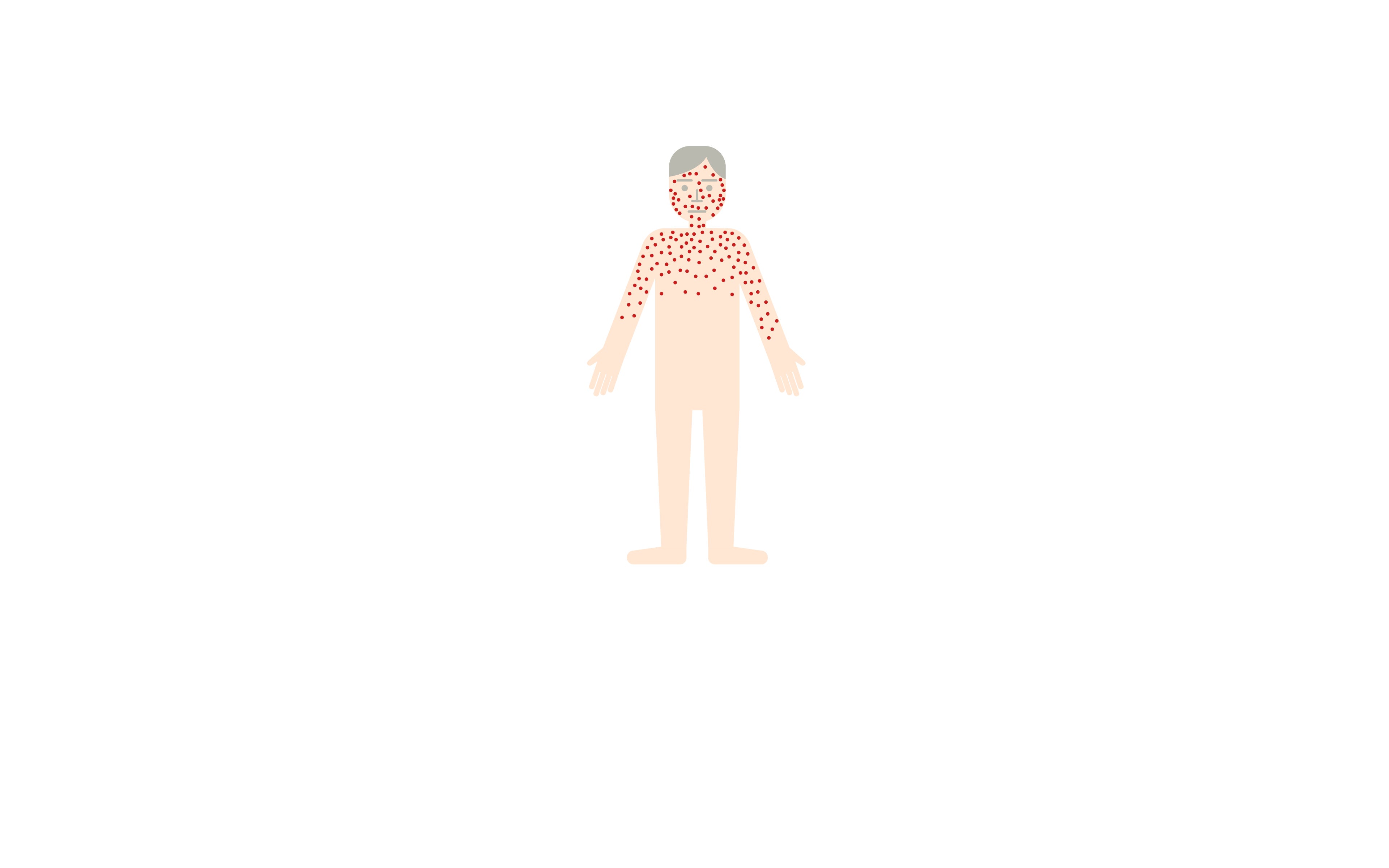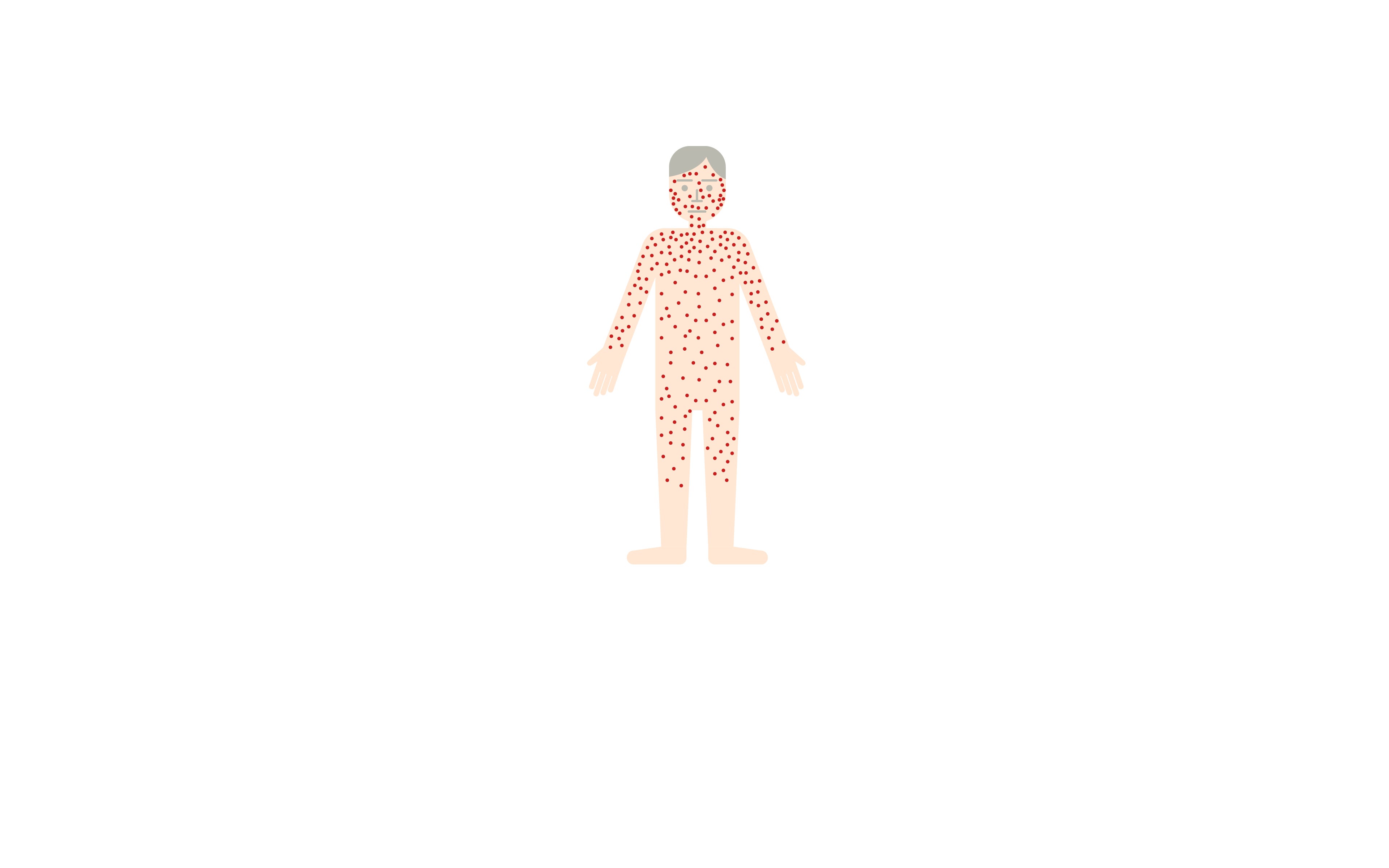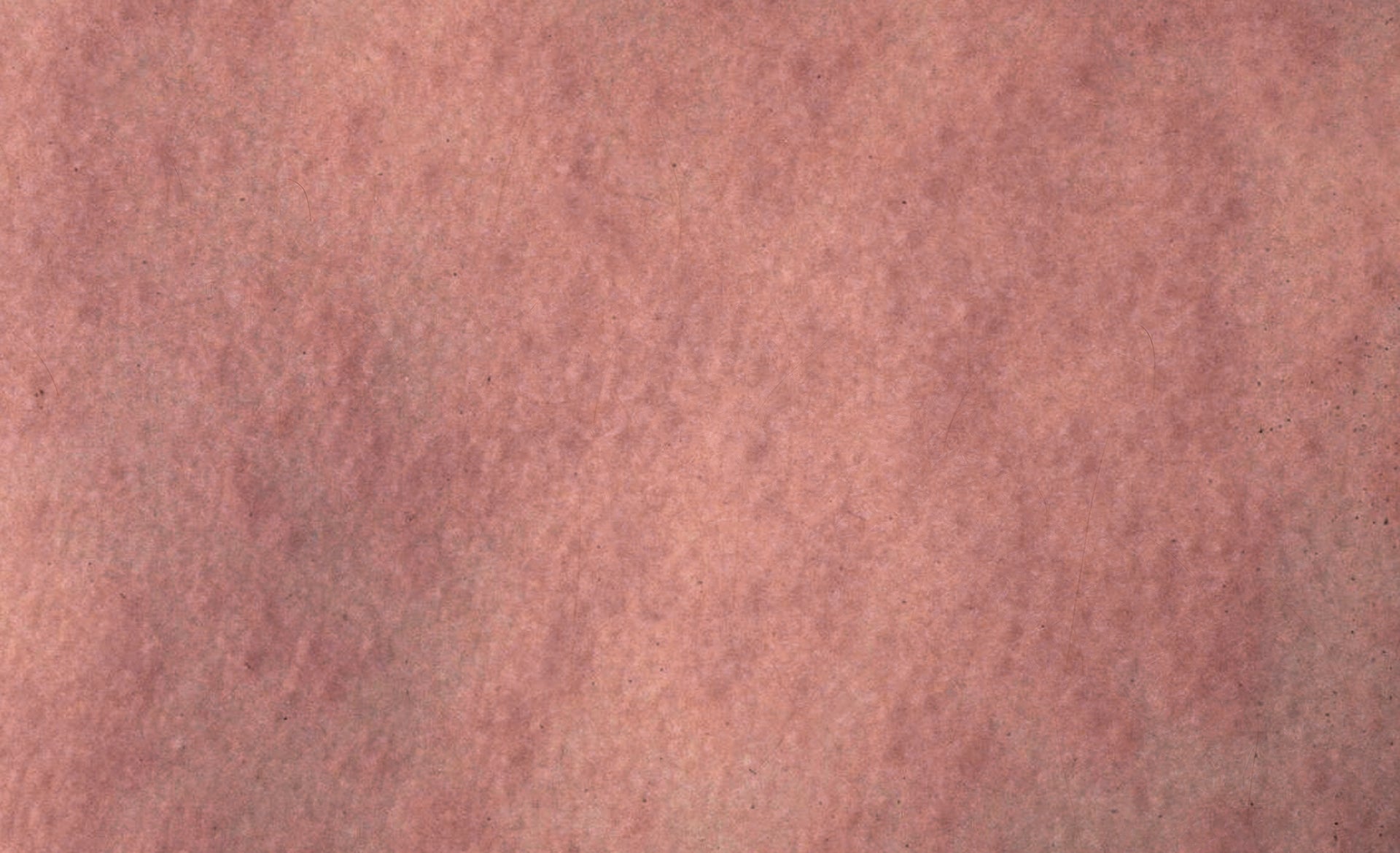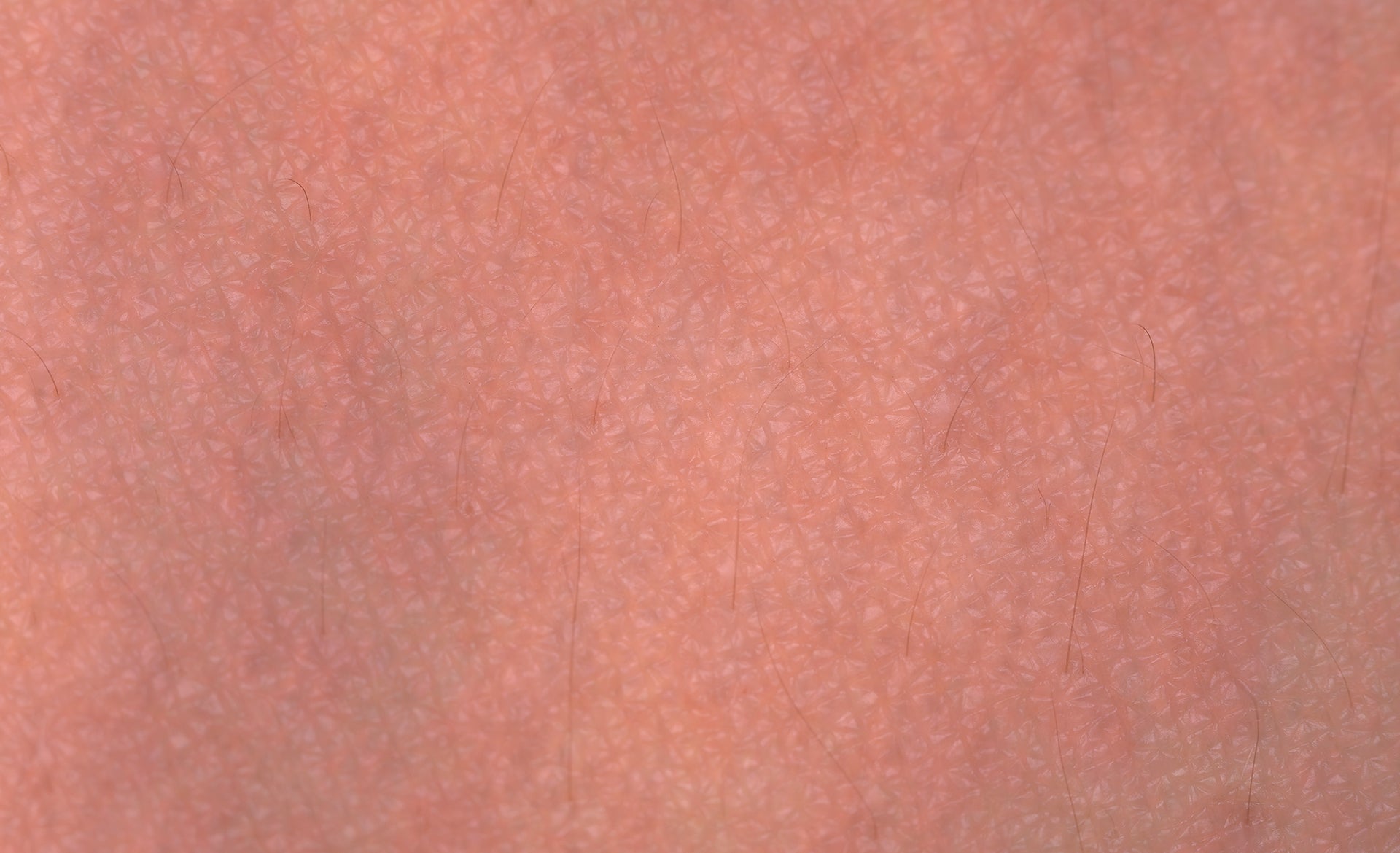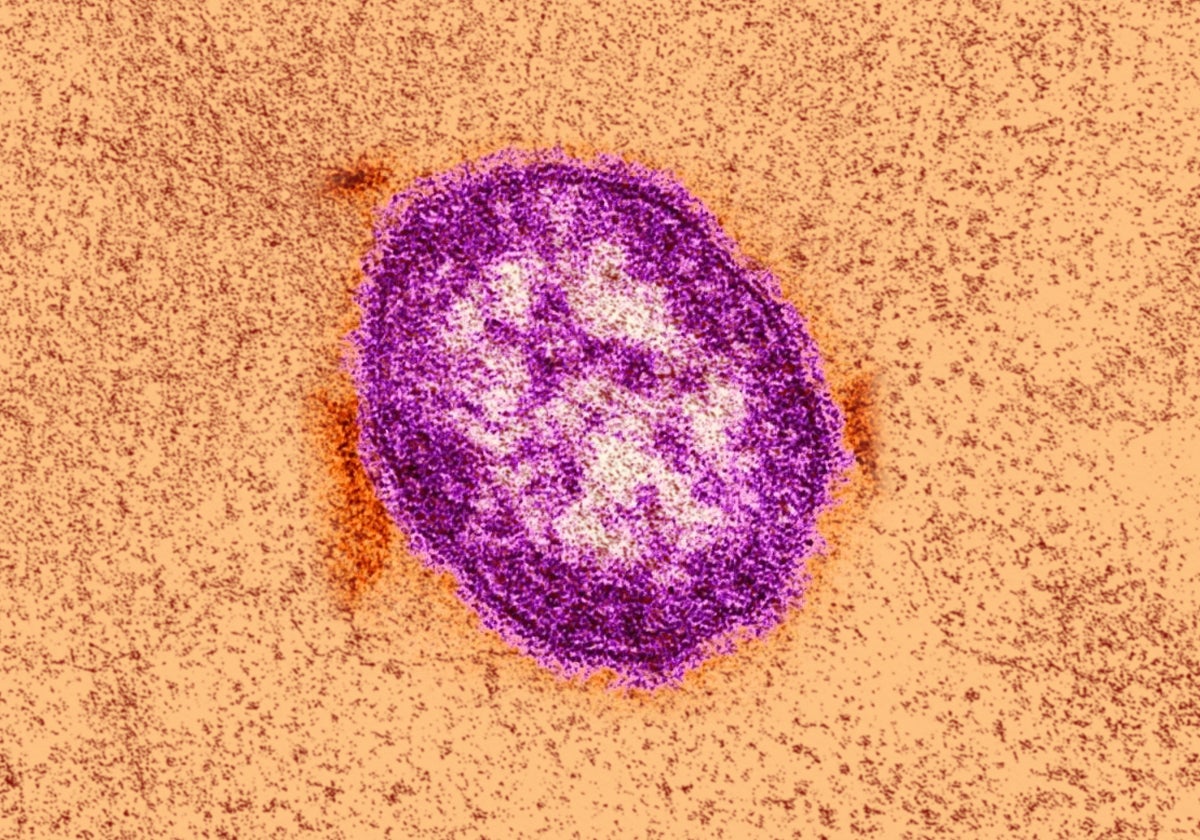Measles: symptoms, how it is transmitted and the current situation in Andalucía
This highly contagious viral disease, which especially affects young children and was previously eradicated in Spain, has seen an upsurge in the Andalusian region this year
On 6 February, the Ministry of Health of the Andalusian regional government put their measles surveillance and alert protocol into action after detecting an outbreak of the virus in a nursery in Fuengirola. The resurgence of the virus among young children and the Andalusian vaccination schedule (where the booster dose against the pathogen is administered at the age of three) raised the alarm. Although this case was considered closed last week, five more outbreaks of the disease have been registered in various parts of Andalusia, with a particular concentration on the Costa del Sol.
This situation has led the regional government to reinforce the measles surveillance and alert protocol. This measure has not only been implemented due to the latest active outbreaks in the region, but also because of the importation of the disease. The virus is actively circulating across the world, most prevalently between the end of winter and the beginning of spring. But what is this virus?
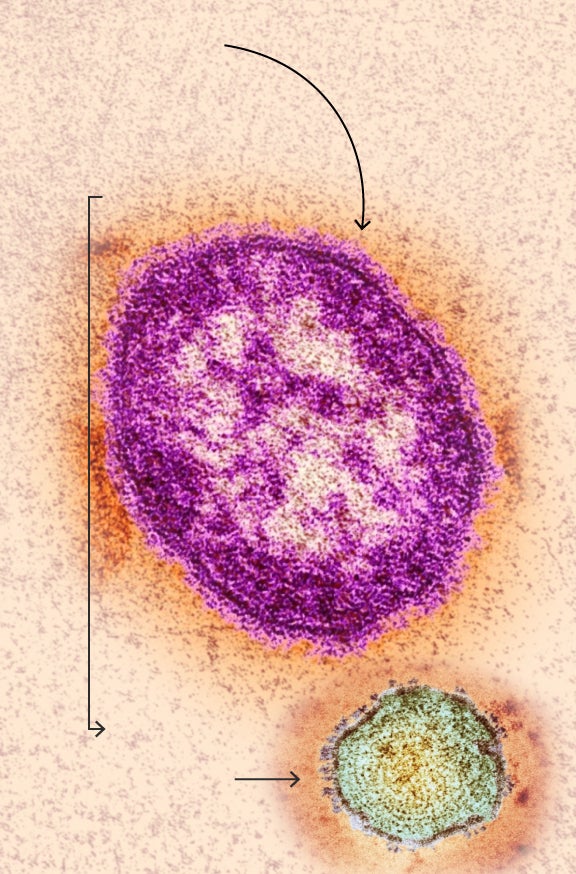
Measles virus
Genus:
Morbillivirus
Family:
Paramyxoviridae
In the same
el family as mumps
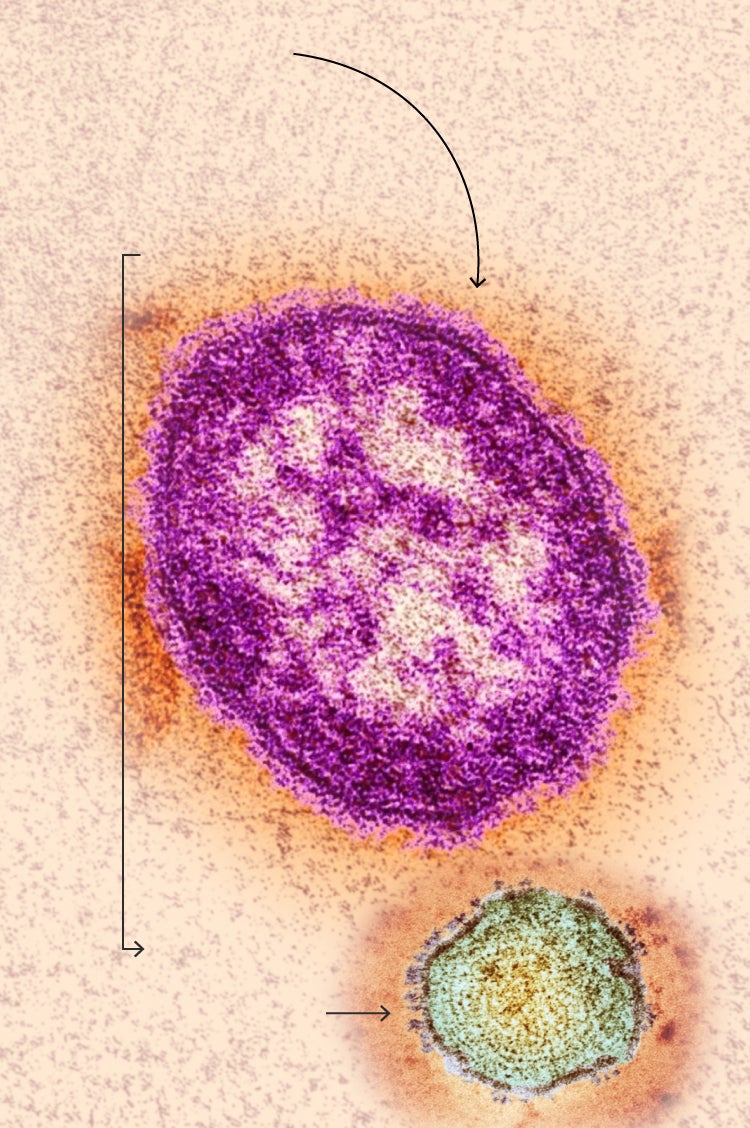
Measles virus
Genus:
Morbillivirus
Family:
Paramyxoviridae
In the same
el family as mumps
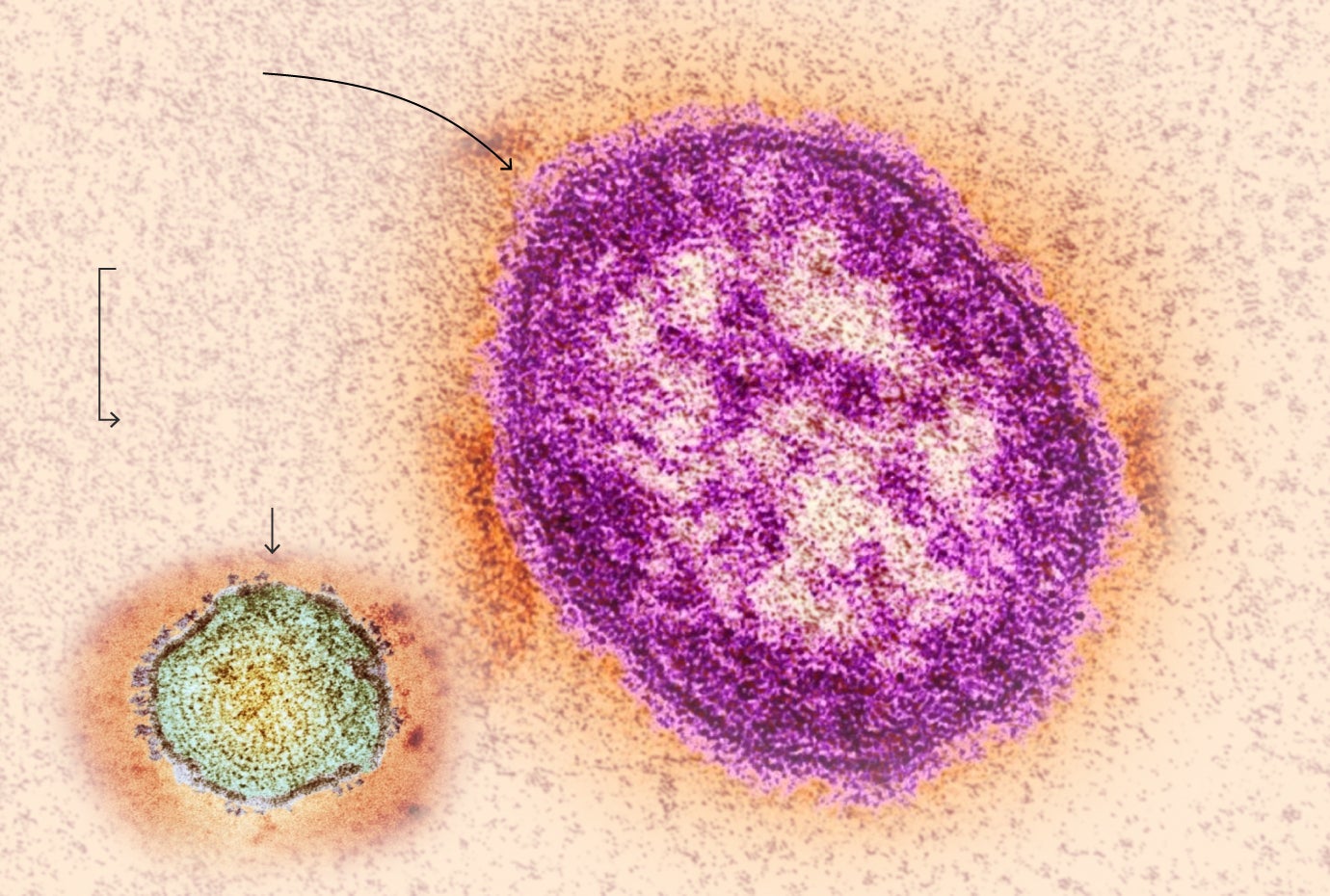
Measles virus
Genus:
Morbillivirus
Family:
Paramyxoviridae
In the same
el family as mumps
The only host this pathogen can survive on is humans, so it can only be transmitted by infected people. This characteristic, together with the effective vaccine, would allow the disease to be completely eradicated from the world with the appropriate health measures.
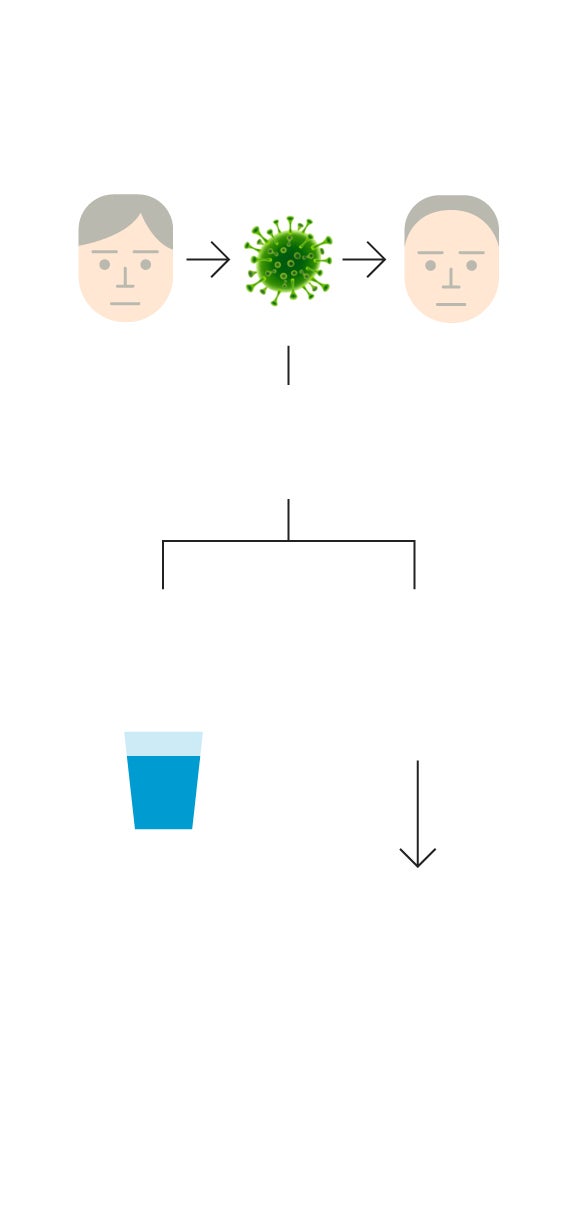
¿How is it transmitted?
From person to person
Close contact with
bodily fluids
Recently
contaminated
objects
The primary
source of transmission
is coughing
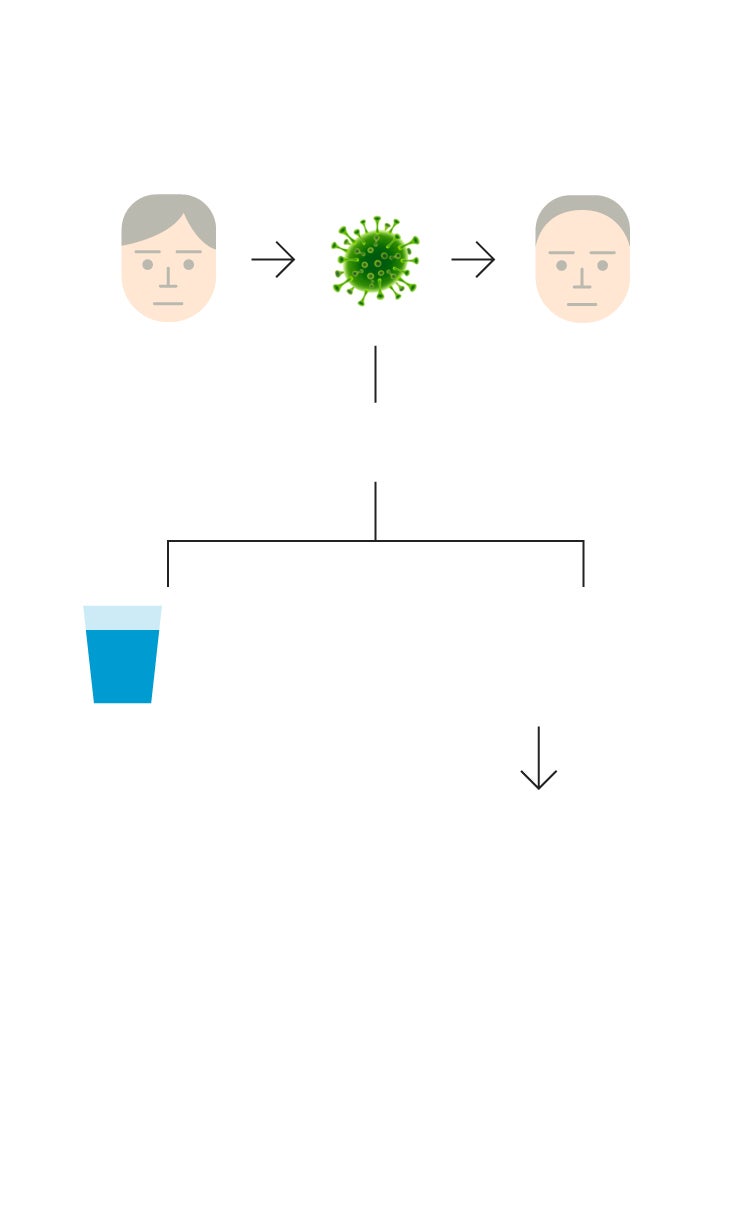
¿How is it transmitted?
From person to person
Close contact with bodily fluids
Recently
contaminated
objects
The primary source of transmission
is coughing
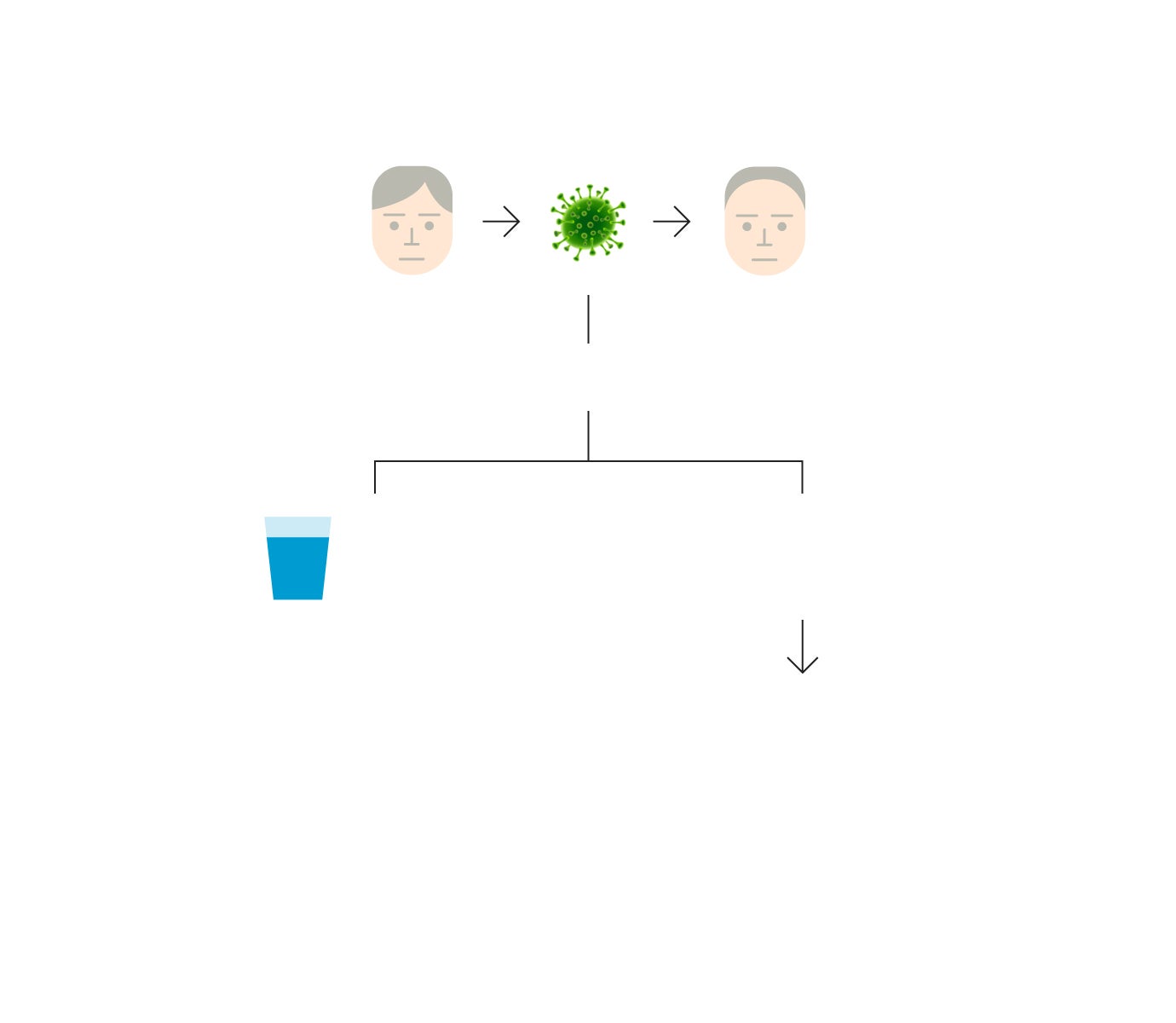
¿How is it transmitted?
From person to person
Close contact with bodily fluids
Recently
contaminated
objects
The primary source of transmission
is coughing
The most obvious symptom is the appearance of a maculopapular rash - an acute, generalised, reddish skin rash in the form of flat macules or slightly raised papules. However, there are other diseases with similar skin rashes such as rubella or scarlet fever. For this reason, the diagnosis is reached through other symptoms, like the charateristic measles cough.
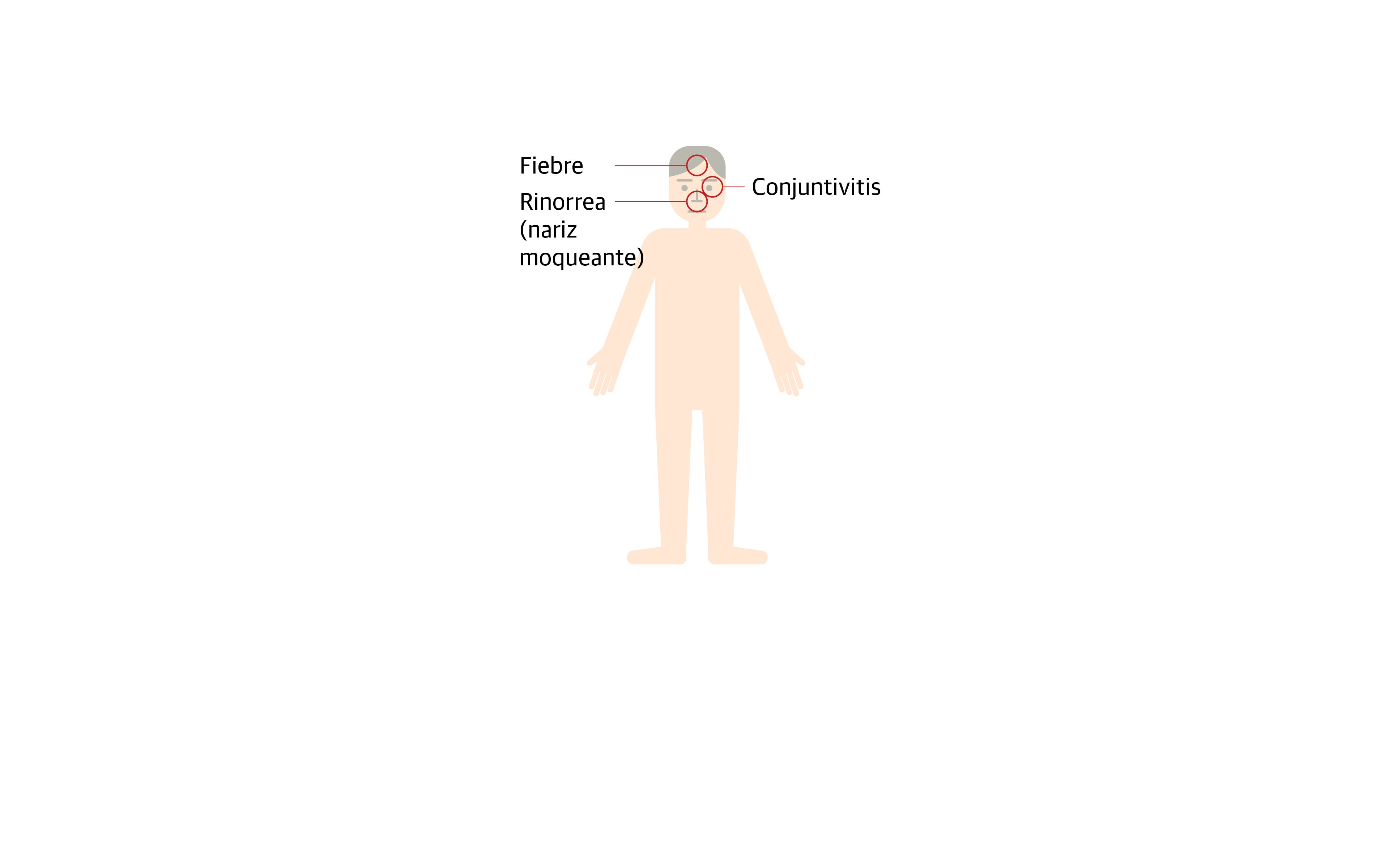
In its first phase, the illness seems like the common cold: fever, runny nose and watery eyes.
To diagnose the infection in its early stages, they look for Koplik's spots (off-white spots on a bright red background) on the buccal mucosa (inner cheek lining).
Symptoms include: very high fevers; dry, continuous cough due to inflamed respiratory pathways; and the first spots appearing behind the ears, on the face, cheeks and neck.
The rash extends onto the torso, back and arms.
Finally, the spots appear on the abdomen, bottom and legs.
AUX STEP FOR JS
It is a highly contagious disease because these characteristic and striking spots do not appear at the start of transmission. Coughing and a runny nose are the earliest symptoms, which can be mistaken for a common cold, but appear at the most contagious stage of the infection.

Phases of measles
Transmission
From 2 to 4
days before the
first spots
appear, to up
to 4 days later
Infection
First viraemia (presence of
virus in the bloodstream)
2-3 days after infection
Second viraemia
7-10 days after infection
Viral
remission
11-17 days after infection
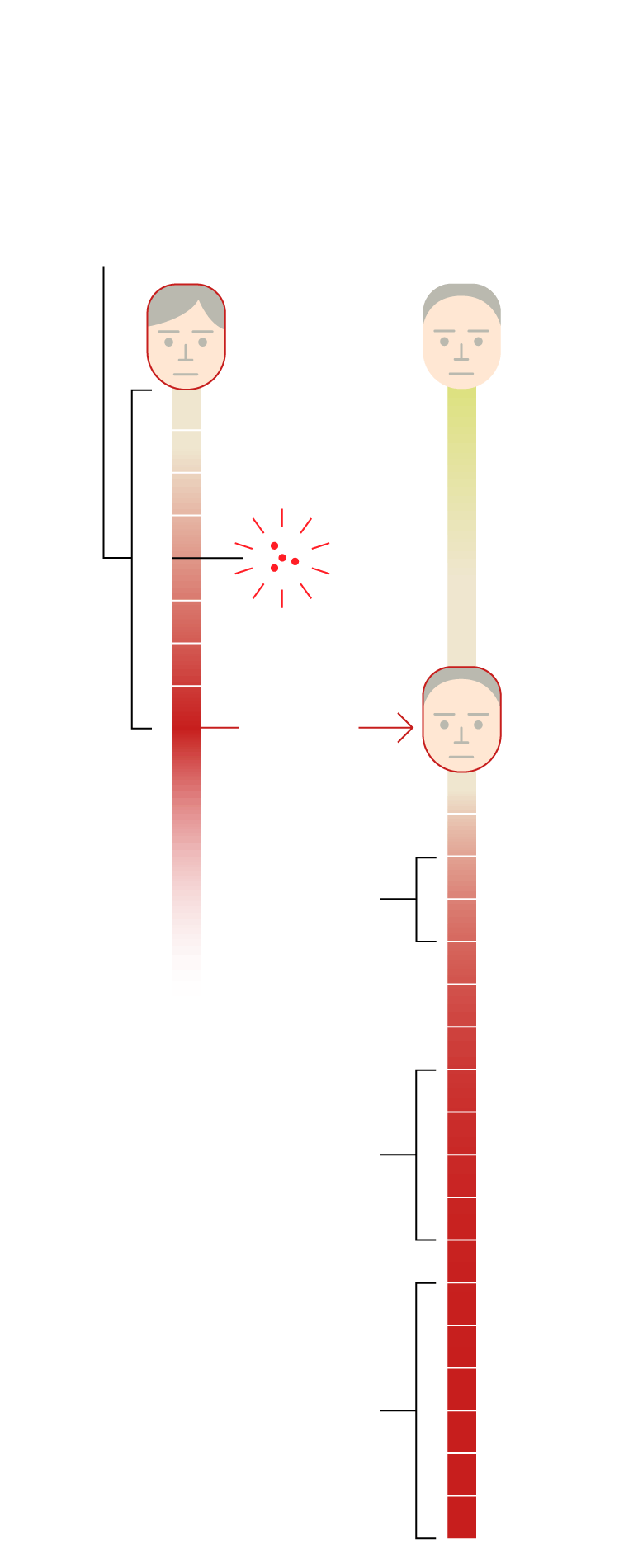
Phases of measles
Transmission
From 2 to 4
days before the
first spots
appear, to up to
4 days later
Infection
First viraemia (presence of
virus in the bloodstream)
2-3 days after infection
Second viraemia
7-10 days after infection
Viral
remission
11-17 days after infection
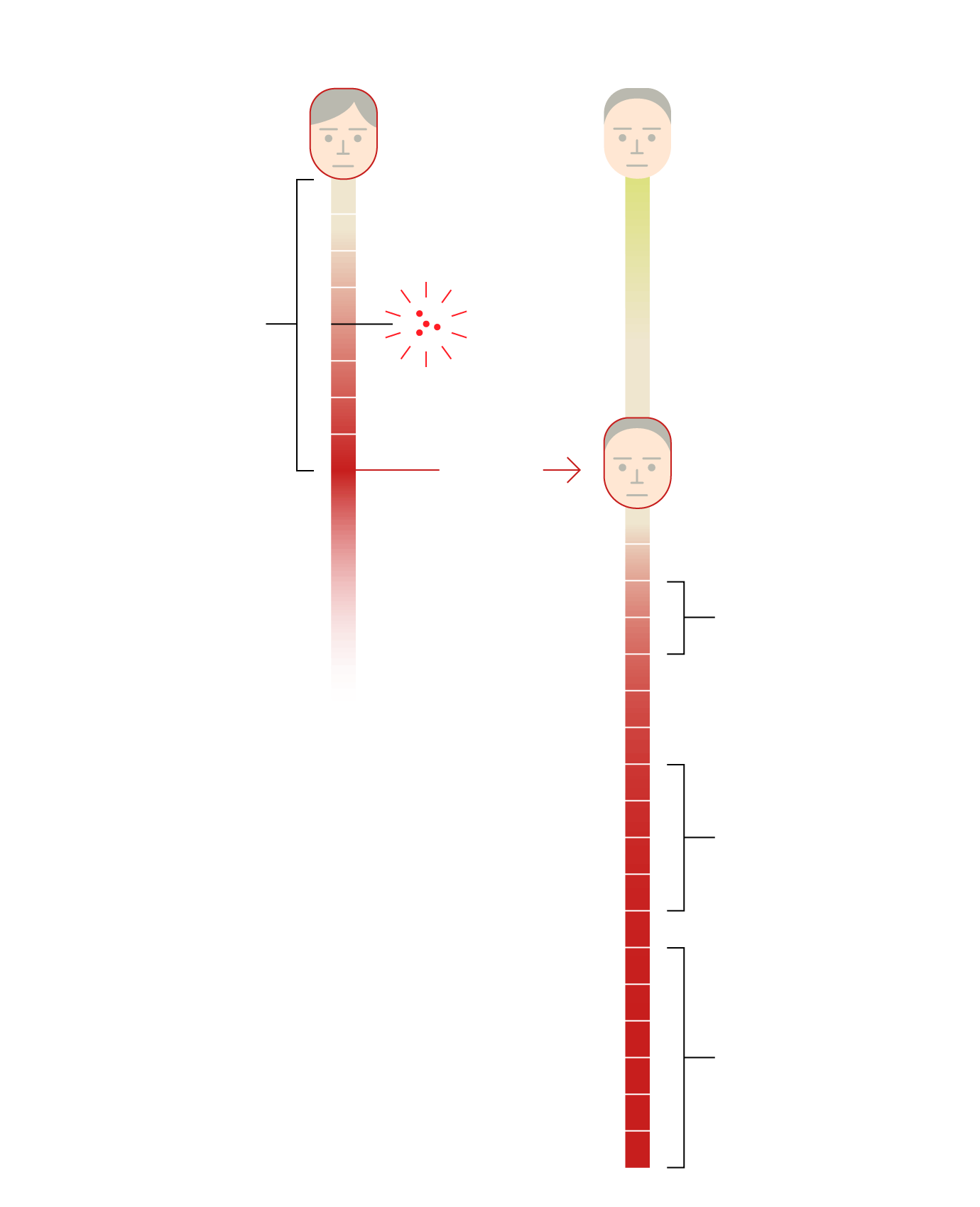
Phases of measles
Transmission
From 2 to 4
days before
the first spots
appear, to up to
4 days later
Infection
First viraemia (presence of
virus in the bloodstream)
2-3 days after infection
Second viraemia
7-10 days after infection
Viral
remission
11-17 days after infection
The skin spots usually appear on day two or three of the infection. They are reddish in colour and take the form of a rash that spreads widely over the skin.

Bright red
The spots are a vivid red for one to three days.
Brown
At around day four of the infection, they lose their intensity and become a dull, brown colour.
Fading
The spots fade four to seven days after they appeared.
AUX STEP FOR JS
Situation in Andalucía
There are currently 58 confirmed cases of measles in the region. A total of 55.2% (32 positive cases) are concentrated in the province of Malaga, specifically along the Costa del Sol.
40% Hospital admission
23 of the confirmed cases of measles in Andalucía have required hospitalisation (four of them with pneumonia).
In addition to the isolated confirmed cases, ten outbreaks have been detected in Andalucía this year, since the first in a nursery in Fuengirola. The latest, confirmed by the regional ministry of health last week, are located in El Ejido (Almeria) and Lucena del Puerto (Huelva). The Andalusian government declared the outbreaks in Mijas secondary school Fuengirola nursery are now inactive.
Of these 58 cases of measles in the Andalusian region, 60% have been detected in patients over the age of 18 and 40% in patients under 15. Among the total positive cases, 97% have either not been vaccinated against the virus or their vaccination wasn't documented.
29% Import
Of the 58 positives, 17 were imported from other countries.
With regard to the origin of imported measles cases in Andalucía, Morocco is the predominant source. There is currently a measles outbreak in the neighbouring country, originating in September 2023, which has recorded more than 3,000 positive cases this year.
In the province of Malaga, measles confirmations have been concentrated on the Costa del Sol, with Fuengirola and Malaga city as the municipalities with most cases.
In addition to weekly monitoring of active outbreaks and surveillance for new outbreaks, the ministry of health of the Andalusian regional government is providing a series of training and communication meetings with public and private healthcare professionals across Andalucía.
Organización Mundial de la Salud, Comité Asesor de Vacunas e Inmunizaciones de la Asociación Española de Pediatría, Revista Oficial de la Sociedad Española de Pediatría Extrahospitalaria y Atención Primaria, British Journal of Dermatology, Ministerio de Sanidad y Consejería de Salud y Consumo de la Junta de Andalucía (datos actualizados a 22 de abril de 2025).

